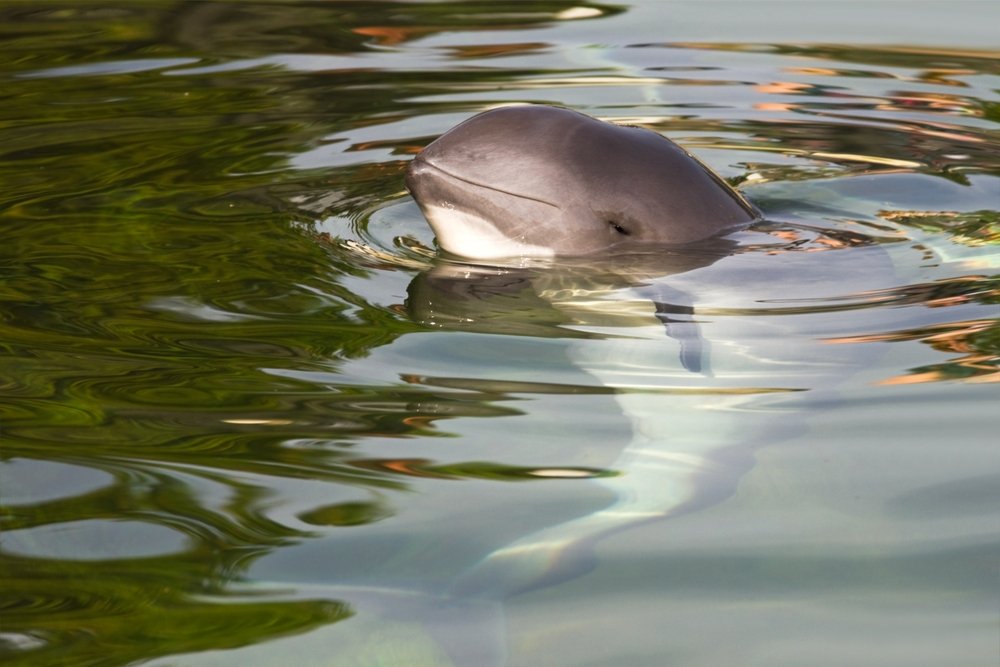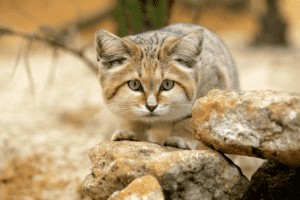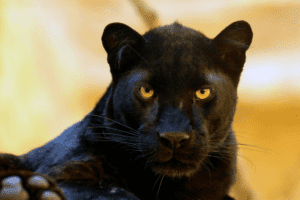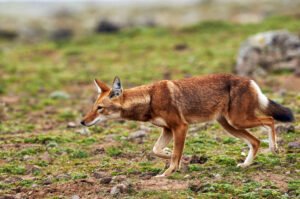Have you ever wondered that How Many Vaquita Are Left In The World? The vaquita, also known as the ‘Panda of the Sea’ and most endangered marine mammal. It is a small porpoise species that can only be found in the northern Gulf of California in Mexico. Unfortunately, this endangered species is facing extinction due to various human activities.
According to a recent report by the International Committee for the Recovery of the Vaquita (CIRVA), there are only an estimated 10 vaquitas left in the world as of 2021. This number is a significant decrease from the previous estimate of 30 individuals in 2019.
Table of Contents
The Decline Of Vaquita’s Population
You have to know that How Many Vaquita Are Left In The World? The drastic decline in vaquita population can be attributed to illegal fishing practices, specifically gillnet fishing. These nets are used by fishermen to catch the critically endangered totoaba fish, whose swim bladder is considered a delicacy in China. Unfortunately, vaquitas often get entangled in these nets and drown as they are unable to surface for air.
Causes Of Vaquita’s Declination
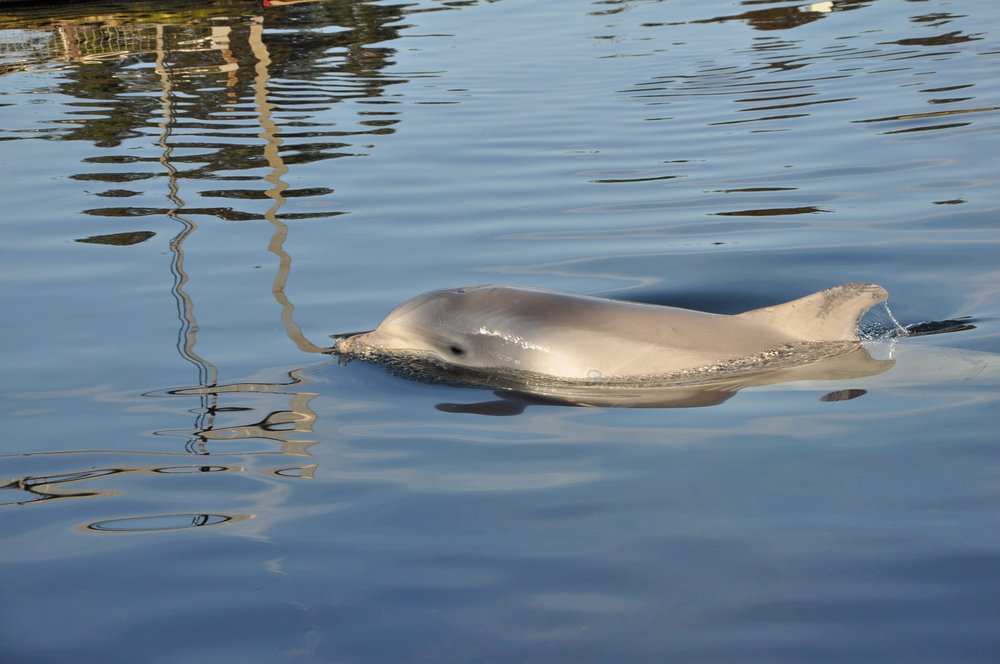
It is also essential to address the root causes of Vaquita decline. Here are some causes of pollution:
Pollution
One of the major threat to the vaquita is pollution. The waters where they live are heavily contaminated with toxins from agricultural runoff, oil spills, and other forms of pollution. This not only directly affects the vaquita but also their food sources and habitat.
Climate Change
Climate change is also a significant threat to the vaquita’s survival. As ocean temperatures rise, it can disrupt the entire marine ecosystem, causing changes in water currents, availability of prey, and other vital factors for the vaquita’s survival.
By taking a holistic approach to conservation, we can not only save the vaquita but also protect the delicate ecosystem in which they live.
What is the Current Population of the Vaquita?
As mentioned earlier, the current estimated population of vaquitas is only 10 individuals. This number is alarming and highlights the urgent need for conservation efforts to protect this species from extinction.
What is the Ecology and Behavior of Vaquita?
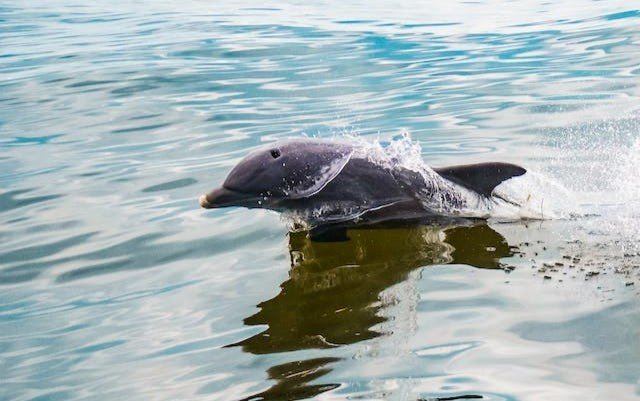
The vaquita is a shy and elusive species that prefers to live in small groups of 2-3 individuals. They are usually found in shallow, murky waters near the coast, making them difficult to spot and study.
Their diet mainly consists of small fish, squid, and crustaceans. Due to their endangered status, not much is known about their behavior and ecology. However, it is believed that they are primarily diurnal and use echolocation to communicate and navigate in the water.
Do Vaquita Have Any Natural Predator?
Vaquitas do not have any natural predators as they are at the top of the food chain in their environment. However, human activities such as poaching and pollution are currently the biggest threats to their survival.
Who is the Enemy of the Vaquita?
The biggest enemy of the vaquita is human activity. While accidental entanglement in fishing nets has been a significant cause of their decline, it is ultimately the result of unsustainable and illegal fishing practices.
What Is The Conservation Efforts For Vaquita?
The Mexican government, in collaboration with various international organizations and conservation groups, has implemented strict measures to protect the vaquita. These efforts include increased surveillance and enforcement against illegal fishing activities, as well as using alternative fishing methods that do not harm vaquitas.
Additionally, a captive breeding program was launched in 2017 in an attempt to save the species. However, this option is not without challenges as vaquitas are highly prone to stress and have a low breeding rate.
Ways To Protect These Endangered Species
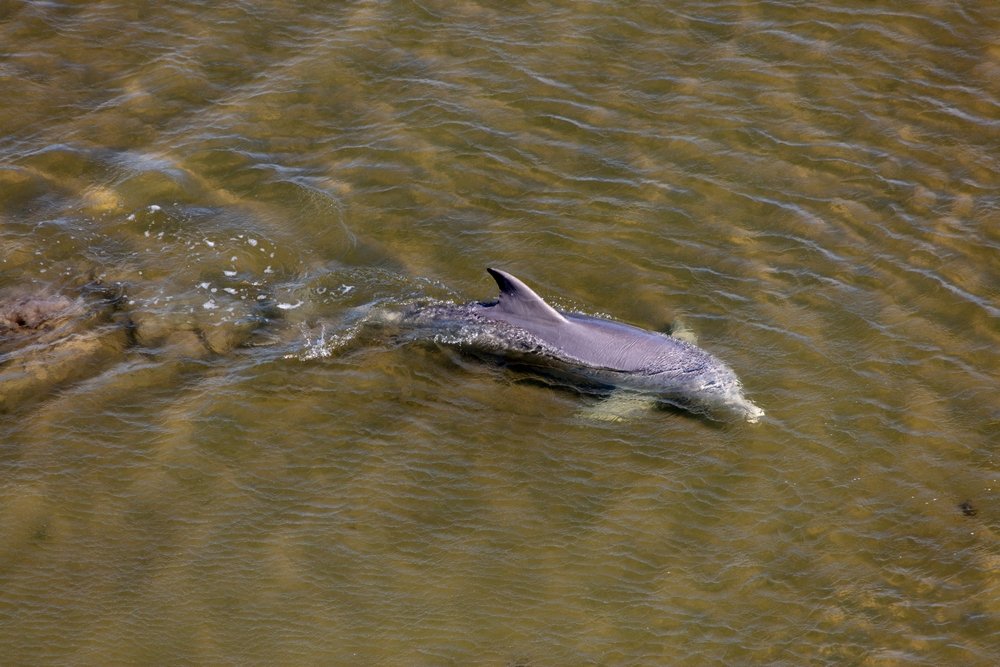
There are several ways in which individuals can help protect the vaquita species. One way is by making sustainable seafood choices. By avoiding fish caught with gillnets, we can reduce the demand for this destructive fishing method and ultimately save vaquitas from getting caught in these nets.
Another way to help is by supporting organizations that are working towards vaquita conservation. These groups rely on donations and volunteers to carry out their important work, so any support can make a significant impact.
Additionally, we can also advocate for stronger laws and regulations to protect the vaquita. This includes pushing for stricter enforcement of the gillnet ban and calling for more effective measures to address illegal fishing.
It is also essential to educate ourselves and others about the vaquita’s situation and how we can help. By spreading awareness through social media, word of mouth, or participating in events and campaigns, we can inspire others to take action and join the fight for vaquita conservation.
Final Thoughts
The vaquita’s decline is a reminder of the devastating impact humans can have on our planet’s biodiversity. It is crucial for us to take responsibility and make changes in our actions to preserve endangered species like the vaquita before it’s too late. Let us not forget that every small action counts towards protecting these creatures and their delicate ecosystem.
Read Also: How Many Pink Dolphins Are Left In The World?

